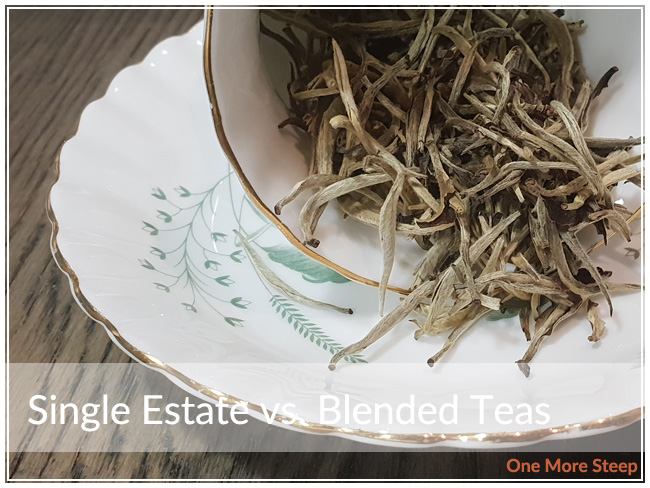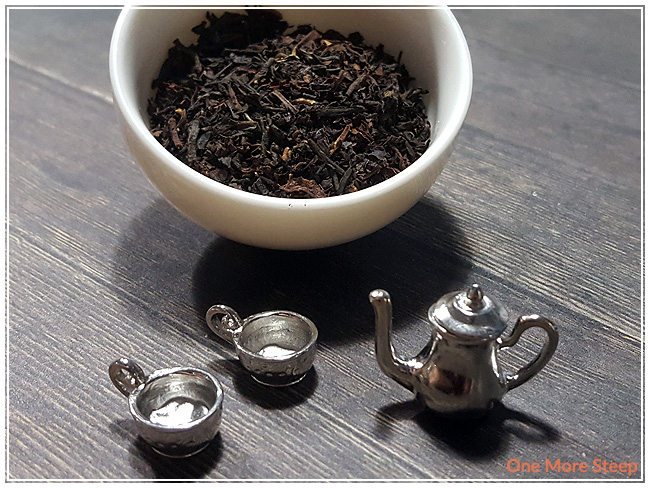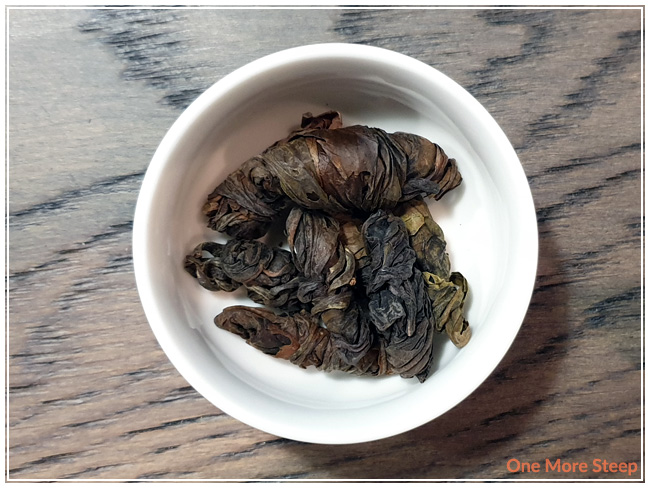
Single estate or single origin teas are, for lack of way of saying it, simply teas that are produced from a single tea farm. This generally applies to traditional or straight teas that are grown and processed by a tea farmer. Some tea companies may mention that their products come from a specific farm, city, or region and some even include the name of the tea farmer and some history of the farm itself – like how long its been in business for, how many generations of tea farmers have worked the land, etc.

Blended teas are not just teas that consist of a variety of ingredients – like my tea stash staple, Earl Grey. Earl Grey typically consists of black tea and bergamot oil. On occasion, an Earl Grey blend might also include lavender, vanilla, or cornflower petals. But for a blend like Earl Grey – and honestly, most other tea blends, the ingredients will originate from a variety of locations are were brought together by the tea producer. A blended tea can also be a typical grocery store brand that’s prepackaged into tea bags. That classic Orange Pekoe might be a black tea, and you’ll get a country of origin on the packaging, but you don’t really know where it came from – and the tea itself might be sourced from many different farms.
![]()
Are there pros to buying a single origin or single estate tea versus a blend?
For starters, you’re able to trace back where the tea came from if the tea company provides you with this information. You might be able to find out that the tea comes from a farm that is fair-trade, has initiative on the local level to provide good wages to the people who work the farms, and you might find out that the farm is certified organic. You might also find out none of these things beyond the fact that the tea comes from a specific city/region or farm. Single estate teas are often more expensive, and it’s not hard to see why. You get more information, and with that added transparency is the fact that there may be more labour involved with your tea. Think blooming teas, dragon pearls, and other hand-rolled teas that you might have in your stash.

Blends are often cheaper because they compile teas from a variety of areas to produce the product. Either mixing together black teas from a variety of farms, or ingredients that may be cheaper than the tea leaves itself – which results in a bulked up tea blend that is cheaper to produce, and potentially heavier in weight. Not that there is anything wrong with drinking a nice blend, but those dried fruit pieces are just so heavy!
That said, the curious thing about single origin teas is that variation in weather and soil quality may produce a very different tasting tea year after year. While you might get a delicate, sweet green tea one spring, the spring harvest the following year might end up being a bit more astringent with umami notes. With a tea blend, there’s potential for more consistency in flavouring because you’re bringing together tea from a variety of regions so the subtle changes in a single tea farm’s product isn’t as obvious as when you’re drinking a tea produced from a single location. Being able to provide consumers with a consistent tasting product is one of the reasons why so many people regularly pick up a box of Red Rose at the grocery store – myself included. The flavour tastes the same now as it did when I was a younger child and that’s one of the reasons why I still buy it – childhood nostalgia is a very powerful motivator! But the changes from season to season, year to year, for a single estate tea is also one of the reasons why I will be curious and interested in trying a first flush and a second flush Darjeeling tea – because the flavours will be just that different.
So what does this all boil down to? Drink your tea, and enjoy it!
If price and consistency year after year is a concern, blends are certainly an excellent option. If you’re able to afford single origin, you’ll get to experience the nuances in the change in the flavours from each harvest, which can make for a fantastic cup of tea. Just keep in mind, that not all single origin teas are from fair trade locations or organic – you’ll have to do some research on your own or contact the tea company for information on what you might wan to know.